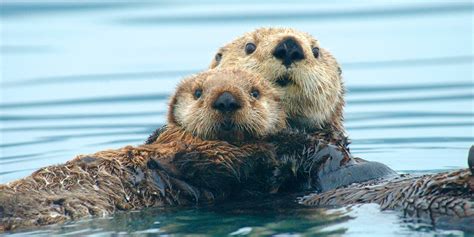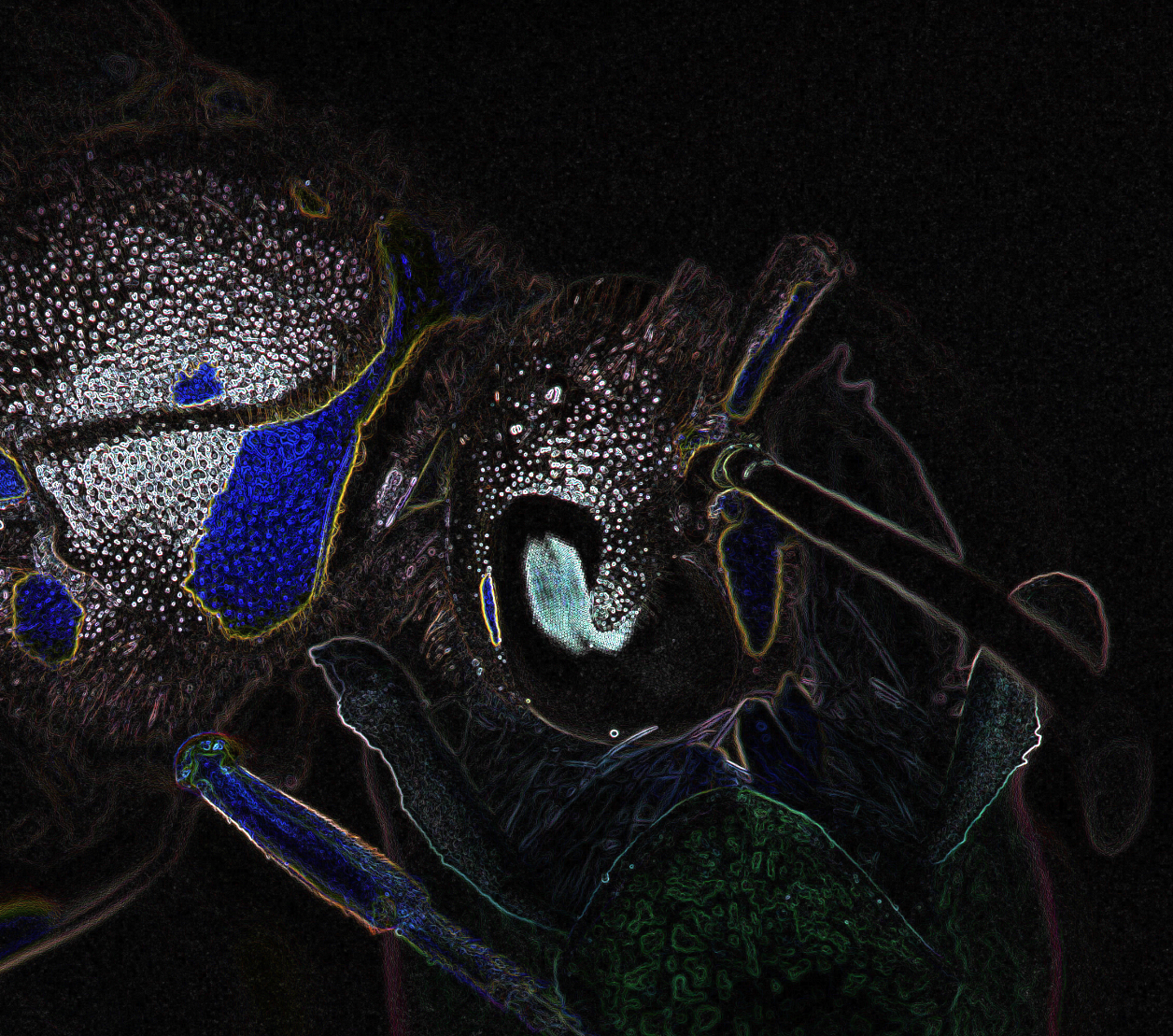Food and agriculture have a significant impact on our planet, particularly in terms of carbon emissions, water withdrawals, and land use.
Removed by mod
all the water use in poore-nemecek 2018 (the source for this chart) is dubious. they treat each end product as though all the inputs were made only for that end product AND as though the inputs wouldnt have been produced (and wasted) anyway as the result of some other process. it has no contextualization of the broader systems of production.
It’s informative, but 1kg of beef and 1kg of coffee beans is not a meaningful comparison :D
It makes the exception for land use change for chocolate, but isn’t almost all agricultural land a land use change which contributes? Most soybean and other crops aren’t as effective at sequestering carbon as the natural grasslands they took over. Orchards and other crops also took over forests and turned them into pastures and fields.
deleted by creator
This infographic brought to you by the oil industry™
Please focus on this infographic and curbing your own satisfaction, so we can continue to be the biggest polluter AND make money hand over fist.
I mean not really.
Live stock accounts for 60% of land usage, but only 2% of calories consumed. Much of that land is growing feed for cattle. They eat millions more calories in grain than is harvested.
Meat is just such a luxury with how many resources it uses. Like the world doesn’t have enough space for everyone to eat meat like the US does.
It also feels very cruel to grow so much feed for cows when people are starving.
But people love Meat and have it part of their culture so people won’t stop no matter what.
So fingers crossed for lab grown meat so this debate can just vanish.
most cows mostly eat grass. what crops are given to livestock is usually plants (or parts of plants) that people can’t or won’t eat.
I think what they’re getting at is that the land being used to grow that grass and inedible plants could instead be used to grow plants that humans can eat.
most of the crops that are fed to animals are just the parts of the plants that people can’t or won’t eat. soybeans, for instance: 85% of all the soybeans in the world go through an oil press, and after extracting the oil, we feed the industrial waste to livestock.
grasslands usually aren’t suitable for growing crops.
Most cows eat grass. True. But most cows are fed grains, not grass.
So growing grain, using the seeds for feeding humans and using the rest for raising additional food for humans is a good idea and was practiced for millenia. But this way our ancestors got a pig or a cow per year per family, not a steak a day.
cows are fed grains
i never said they aren’t. i’m saying the bulk of what makes a cow is grass. grain finishing isn’t that big of a deal (in my opinion). certainly, the whole food system accounts for ~20% of our emissions, so we could be focused on other sectors instead of food which people eat.
deleted by creator
deleted by creator
There are tons of sources that show agriculture and food pale in comparison to the emissions of other sectors.
I’m happy that you could pass Biology, but you failed Statistics. Try again.
deleted by creator
It would seem this entire discussion stems from your misunderstanding of my initial comment.
I pointed out that there are other industries that have a much greater environmental impact and you got butthurt about it. I wanted to help you understand that other industries (e.g. oil/transport) have a much greater impact, which it looks like I’ve accomplished. I’m glad I could help you see the bigger picture, but you might want to check your own reading comprehension before throwing a tantrum in the future.
deleted by creator
Not eating red meats is the single most impactful change an individual can have on their carbon footprint
i doubt it.
deleted by creator
Guess what though, that’s what the literature supports.
that claim is beyond the scope of that study, which didn’t actually consider any source of ghg emissions except agriculture.
i didn’t downvote anything.
poore-nemecek 2018 is pretty low-quality. they attribute everything fed to livestock as emissions necessary in rearing livestock, but that’s just not true: much of what is fed to livestock would outherwise be waste, so feeding it to livestock is a conservation of resources, and not a net emission.
deleted by creator
The absence of palm oil–or any cooking oil–is pretty dubious.
This can be misleading. For instance: raising dairy cattle in lush and water rich areas with no or limited dependency on fossil water is very different than dairy cattle being raised in the desert with 90% of the food being trucked in and the cheese also being made in the desert using extremely limited fresh water.
Beef is certainly super high impact, generally but how we go about it super matters.
Does it really make that much difference if 70% of grown plants globally are fed to animals?
70% of grown plants globally are fed to animals
they’re not.
Seems like a weasel-y statement. Grass is a plant. Growing grass in places where it just grows itself and the animals eat it directly is disimilar to hauling grown, fertilized herbicide treated, insecticide treated, harvested, processed, trucked grains to feed animals.
The environmental impacts are wildly different.
If fish and prawn use so much water, we should figure out how to raise them aeroponically.
It excludes the fact that animal-based farming contributes greatly to water pollution, too.
The original study does show water pollution, even going so far as to split it between acidification and eutrophication.
Good find. Yes, the original study accounts for water pollution, but this chart (conveniently) excludes it.
When you include the water pollution, the impact to the environment are FAR, FAR worse than this chart suggests.
I don’t think it’s really an “exclusion” to show the relative carbon impacts. A more comprehensive infographic could certainly be made, but there’s nothing wrong with a simple one that focuses on a specific topic.
I guess that depends on the definition of “environmental impact”, but you’re right about nothing wrong with focusing on a specific topic. 👌
Methane with cow-based agriculture too
The source paper does a lot of napkin math without context apparently.
Have you read the original study?
Have you? I’m going by what I heard people say about it.
Yes, many times. I’ve linked it in this thread.
deleted by creator
I get the point of the guide. However, it’s kind of funny and obvious the fish and prawns would be in the top 5 consumers of water. I would expect nothing less.
Does this include shipping? For example coffee does not grow in Europe and needs to be shipped. Even more so for fruits.
The original study does include shipping. You can even see it divided out here.
Pork and chicken it is then!
I was like where the hell is chicken… then saw “poultry”
truth is, veganism reduces the use of over 50% of farmland in the United States.
Why/how does cheese use so much water?
I’m betting it correlates with the water consumption of dairy cows. I think they are using the whole production needs from nothing to final product.
This, and also a lot of milk is needed to make cheese.








